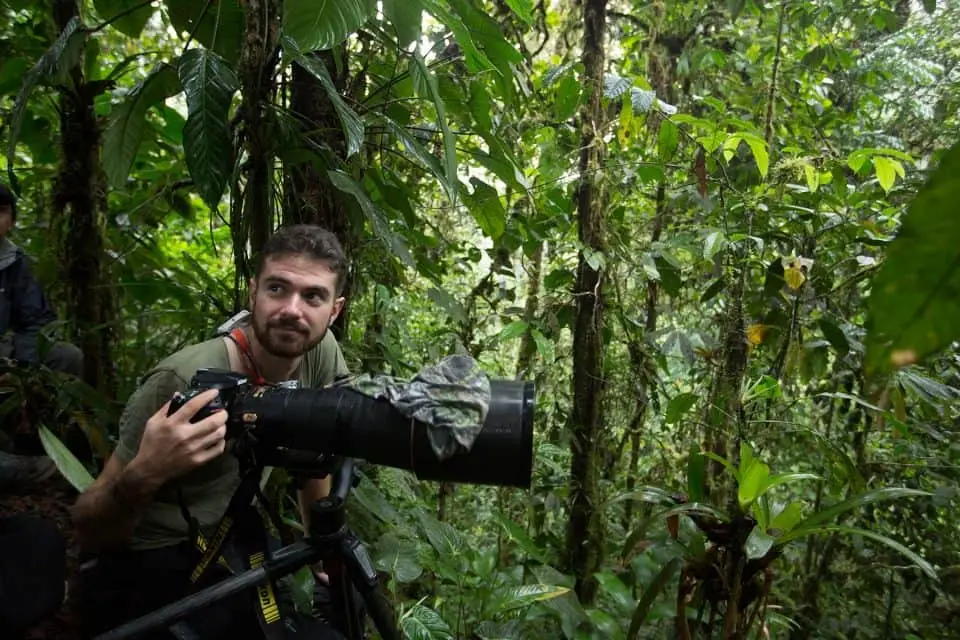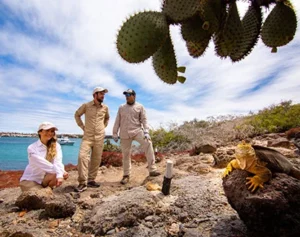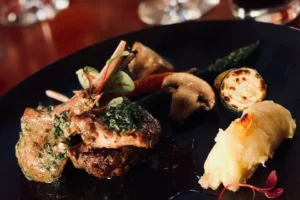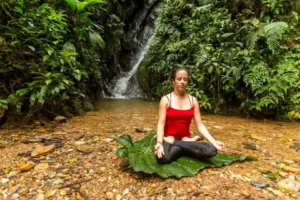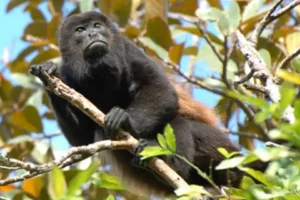It’s not every day that new species are discovered and catalogued. But in the Mashpi Reserve’s 2,500 hectares of protected forest, that’s just what happened recently.
We’re pleased to share with you this discovery, made possible not only by our dedicated team of permanent scientists but also by our Dragonfly cable-car system. Welcome to the world, Magnolia mashpi!
The Chocó bioregion in which the Mashpi Reserve is located – on the western slopes of the Andes that tumble down towards the Pacific Ocean – has long been known for its astounding biodiversity: its high annual precipitation and tropical wet forest vegetation leads to its high levels of plant diversity and endemism. The estimated 8,000 vascular plant species endemic to the biogeographical Chocó have provided evidence for inclusion of this region in the world’s 25 biodiversity “hotspots” (Myers et al. 2000).
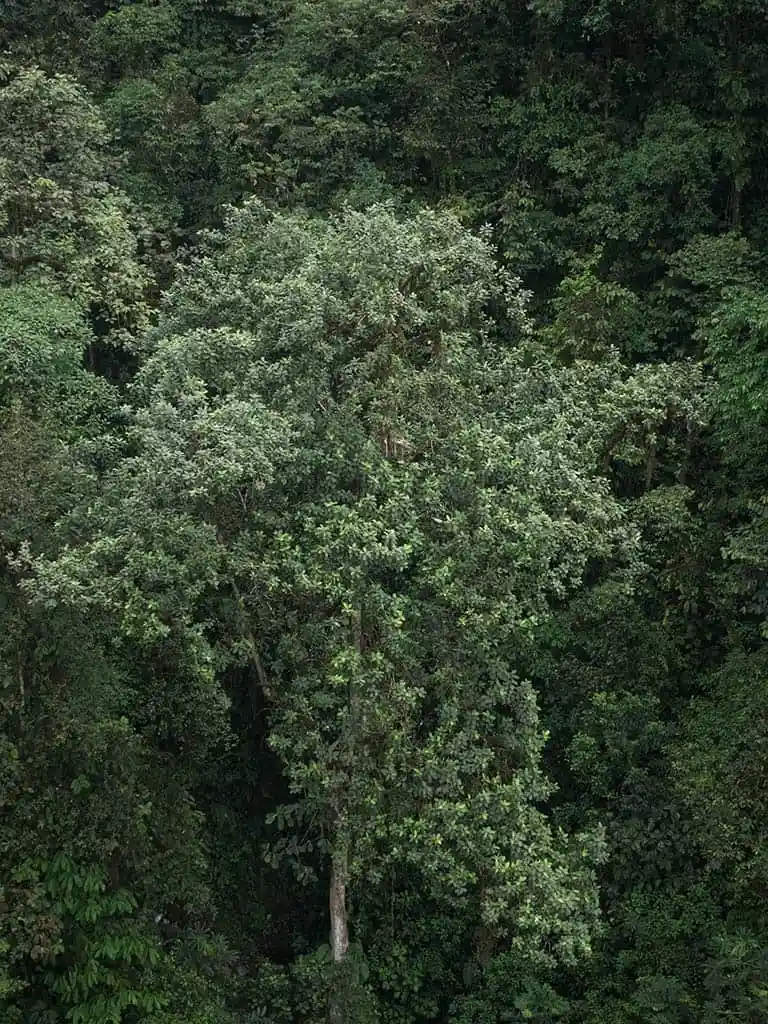
The discovery is a new species of Magnolia, that only grows within the Mashpi Reserve (hopefully scientists will discover more individuals in other areas, but for now, it can only be found here). It forms part of the subsection of Magnolia genus called Chocotalauma, and is one of the six species that scientists have grouped into this subsection – all found in the Chocó bioregion.
It’s one of the tallest trees found within the Reserve, with one of the most beautiful flowers. In fact, its ‘vernacular’ or local name stems from the shape of its creamy flowers: cucharillo – or little spoon.
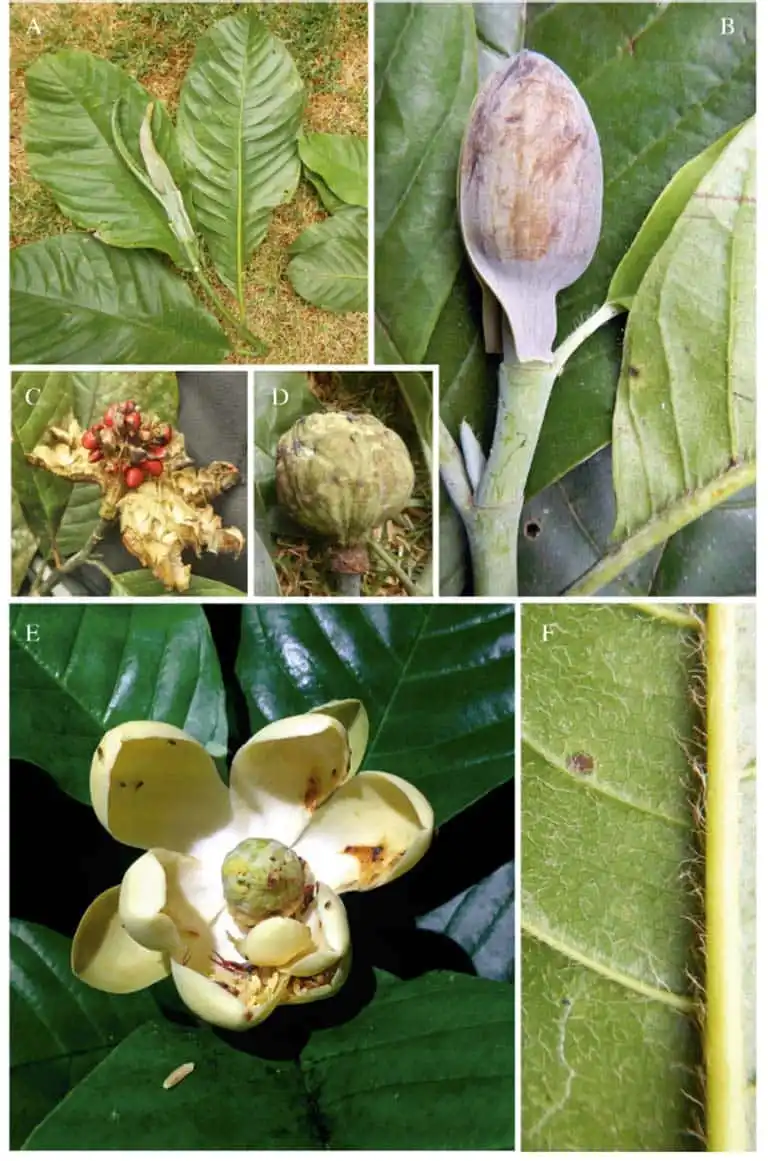
This species was first collected from the Mashpi Reserve in September 2014; the discoverers knew about the species from a picture taken by Germán Toasa six months earlier at the same locality, but no specimens were made at the time of that first observation. According to the scientists who have published the findings – Álvaro. J. Pérez, Frank Arroyo, David A. Neill and J. Antonio Vázquez-García – “The lack of a stipular scar made us think to place this Magnolia species in section Dugandiodendron, as it is morphologically similar to M. striatifolia. However, after field work and monitoring of the species, we concluded that it is actually a new species belonging to a new section.”
The scientific discovery was made easier by Mashpi Lodge’s incredible “Dragonfly” cable car system, which travels for over 2 kilometres through the reserve. By boarding the cable car and using radios to communicate with the engineer at the base station, the team were able to stop the car at exactly the right point to make their aerial collection of the tree’s flowers and fruits in the canopy – something that would have been pretty impossible without the aid of the Dragonfly!
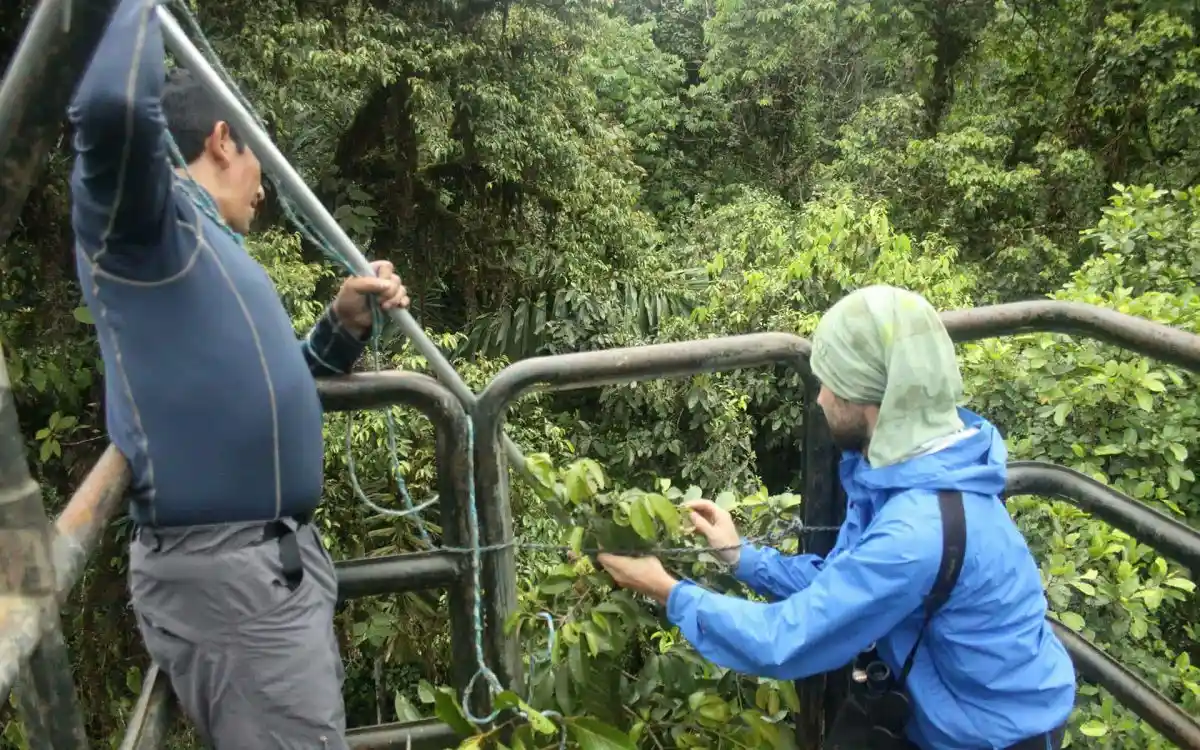
According to the observations of Mashpi Lodge’s science team, led by Carlos Morochz, the Magnolia mashpi flowers between March and April, and fruits between September and October. Over one hundred individuals are thought to be growing within the 1,200-hectare Reserve, at elevations of 800-1000 metres.
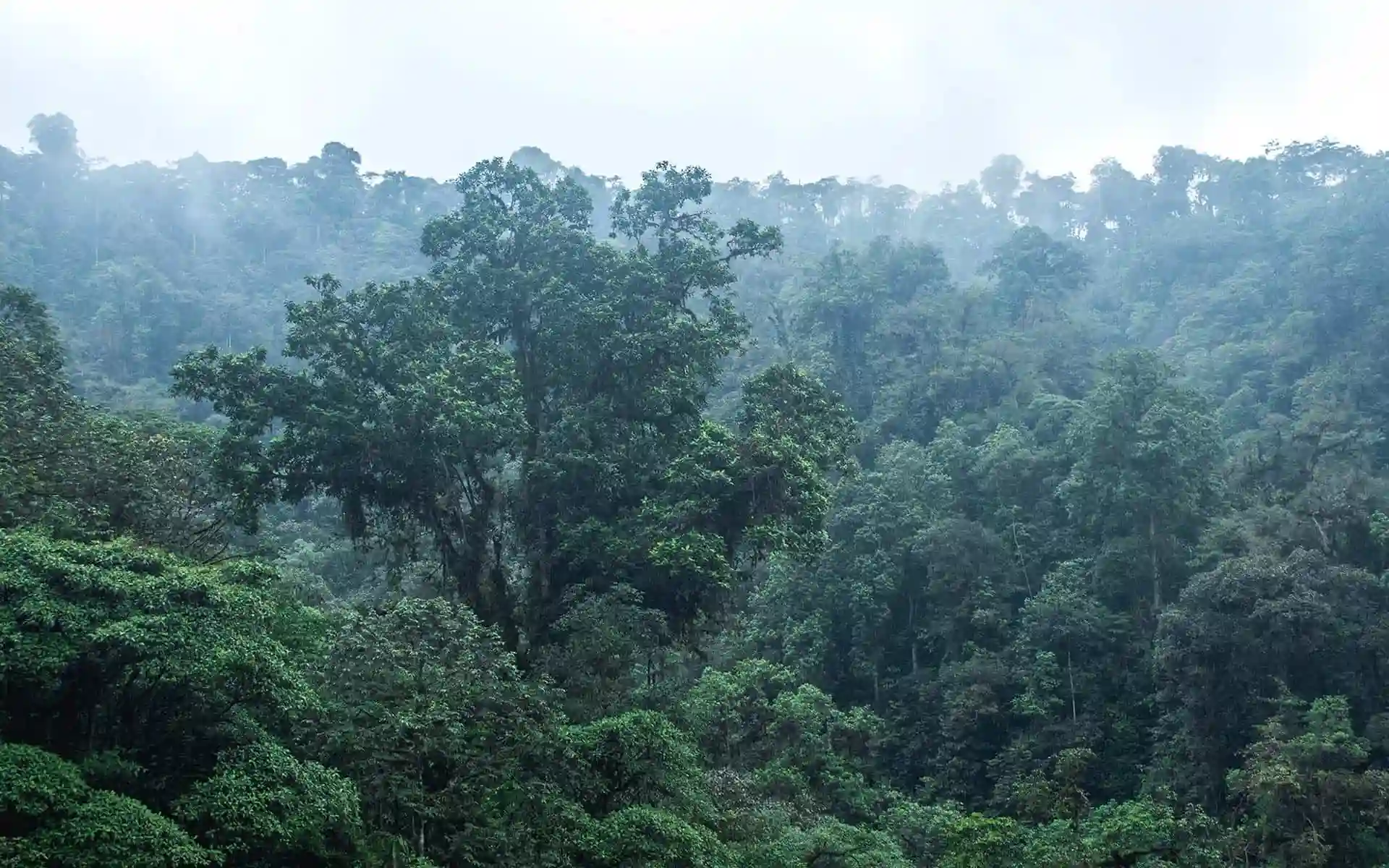
This new discovery reinforces our commitment to the ample and varied science and investigation projects in Mashpi. Even before construction of the lodge was completed, a biologist was hired to conduct an ambitious program of research. Its aim? To find out as much as possible about the myriad natural elements within the Mashpi Reserve and their interaction with visitor activities. Complementing this work, insectaries for breeding butterflies were constructed, and camera traps placed across the terrain.
The knowledge accumulated by our team is then shared with local communities, our guests and the wider public, with the aim of spreading the message of the importance of conserving this endangered and fascinating bio-region. We have worked on and collaborated with several Ecuadorian and international research projects, and have even discovered new species to science.
These initiatives have proved to us that our conservation efforts have to go beyond merely protecting our reserve with its hotel. They must be a combination of research, education, ecotourism and community support in order to be truly successful.
